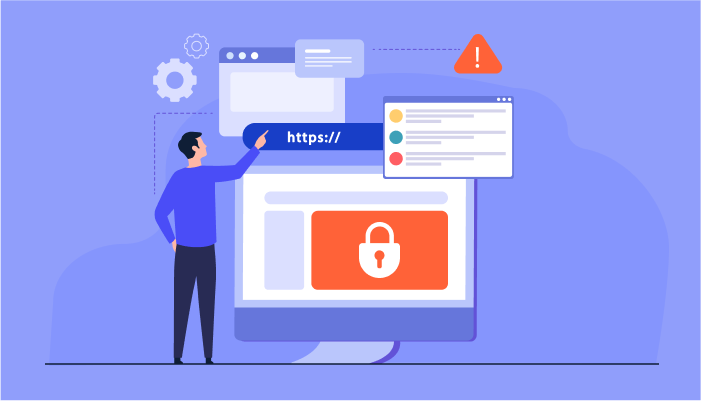No-code platforms like Bubble, Webflow, and Adalo are turning “non-technical” into a misnomer. These tools let founders build apps, automate workflows, and launch MVPs without writing a single line of code—but they’re not a silver bullet.

Pros of No-Code Development
-
Speed & Cost
Launch a functional MVP in days for <$1,000. A solo founder built a freelance job-matching app on Bubble in 72 hours. -
Democratization
60% of no-code users have no programming background, per Zapier. Marketers, designers, and ops managers can now own product development. -
Iteration Freedom
Test ideas without waiting for dev teams. A DTC brand increased conversion rates by A/B testing 10 landing page variants in a week using Webflow.
Cons of No-Code Development
-
Scalability Limits
No-code apps often buckle under heavy traffic or complex logic. One viral mindfulness app crashed at 50k users, forcing a costly rebuild in React. -
Vendor Lock-In
Migrating from Bubble to custom code is like “moving a house brick by brick,” admits a founder who lost months transitioning his SaaS tool. -
Customization Ceiling
Need a unique algorithm or third-party API integration? You’ll hit no-code’s limits fast.
When to Choose No-Code (and When Not To)
✅ Ideal For:
- MVPs to validate demand
- Internal tools (e.g., HR portals)
- Simple marketplaces or CRUD apps
🚫 Avoid For:
- Data-heavy applications (e.g., real-time analytics)
- Regulatory-heavy industries (healthtech, fintech)
- Apps requiring complex user permissions
- Software specific applications
The Future of No-Code
- AI Integration: Tools like Debuild now let users describe an app in plain text (“A TikTok for pet owners”) and generate no-code prototypes via GPT-4.
- Enterprise Adoption: Companies like Airbnb use no-code to empower employees to build internal tools, reducing IT backlogs by 30%.
Conclusion
For No-Code Builders: Leverage speed to test ideas, but plan an exit strategy to custom code before scaling.
“Entrepreneurship is jumping off a cliff and assembling the plane on the way down.”
— Reid Hoffman, LinkedIn Co-Founder